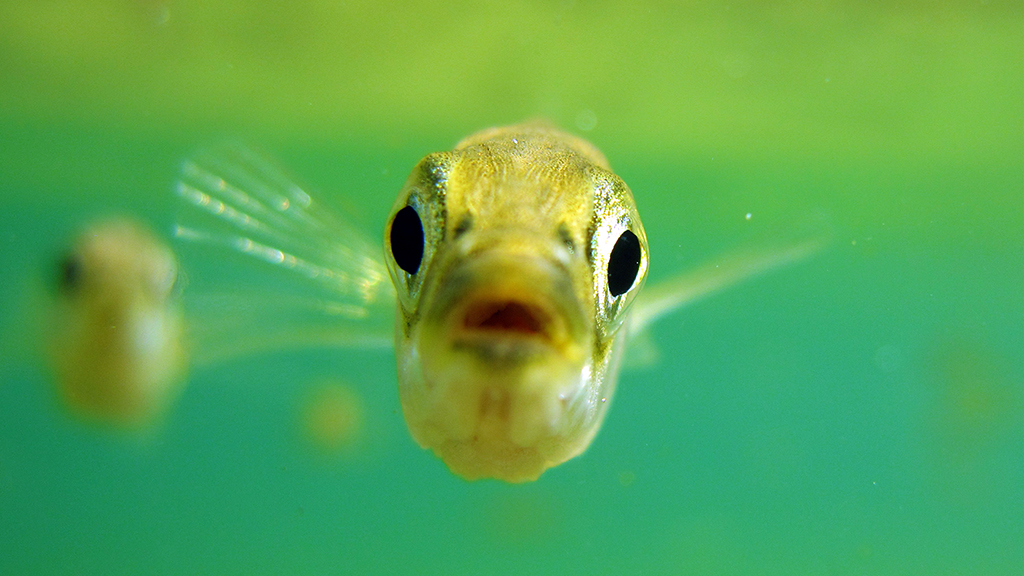Abstract
In this interrupted case study, students explore the mechanisms of speciation while working in groups to design a series of experiments to determine whether two populations of sticklebacks in Paxton Lake in British Columbia represent separate species or not. As the case progresses, the instructor and teaching assistants move from group to group, prompting students to consider the biological species concept in designing these experiments and encouraging them to think carefully about what data they need. As students design their lab experiments and plan their field data collection, they are supplied with appropriate data (a set of 11 data sheets for this purpose is included in the teaching notes). Due to the open-ended nature of the activity, there is no separate answer key for this case. This 60–90 minute activity was designed for use in the final week of a general biology course organized around the general theme of evolutionary mechanisms and the history of life on earth. [For an updated, flipped version of this case study, see “Speciation and the Threespine Stickleback,” also in this case collection.]



